A 14500 Li-Ion battery has AA battery size and terminal layout and so it fits mechanically where an AA battery fits. AA battery has 1.5 volts nominal voltage and 14500 battery has 3.7 volts nominal voltage so most devices that use AA batteries will not work on 14500 batteries and will likely get damaged.
Some flashlights can use either regular AA alkaline batteries or Li-Ion 14500 rechargeable batteries - they identify the battery type electrically and just work. That's cool but it requires support in the device.
Surely it'd be much better to have a rechargeable battery with Li-Ion performance (very durable, low self-discharge, fast charging, high output currents) that fits into AA battery compartment. That would require adding a circuit into a 14500 battery casing that steps the voltage down such that it has 1.5 volts on terminals. Surely that circuitry would require some space so the "chemicals" part of the battery must be reduced. Other than that it looks like this is doable and may be implemented as a commercial product.
How practical would such adjustment be?
